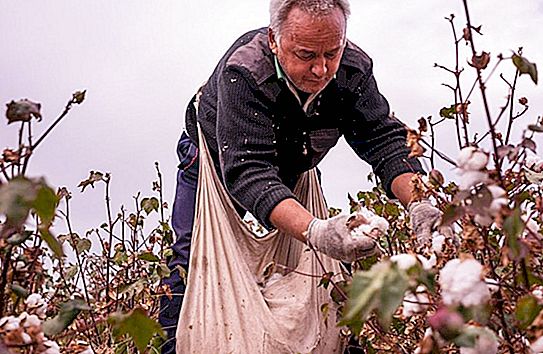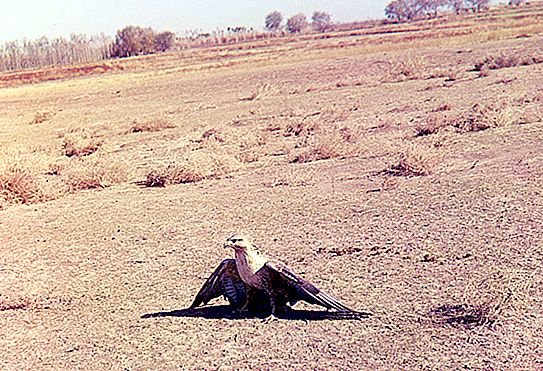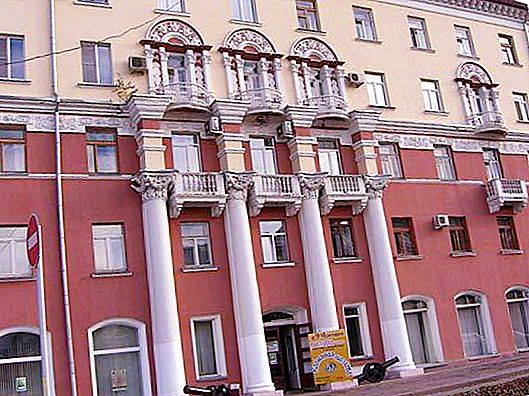The hungry steppe … Ilya Buyanovsky, a Russian local historian and traveler, described this area in Central Asia as “the region erased by the twentieth century and hardly anyone regrets its disappearance”. Today it looks completely different than 150 years ago. We will tell you in detail about the history of development and the economic importance of the Hungry Steppe in our article.
Deserts of Central Asia
A story about the geography of Tajikistan, Uzbekistan, or any other country in the region will be incomplete without mention of deserts. In Central Asia, they occupy vast territories and are an integral part of the local natural landscapes. Moreover, all the main types of deserts are represented here: clay-solonchak, sand and rocky.
A unique feature of the Central Asian deserts are significant seasonal temperature differences. In summer, the air above them warms up to + 40 … +45 degrees, but in winter, the thermometer column can drop significantly below zero. At individual points, the average annual temperature amplitudes can reach 70 degrees!
In total, the deserts of Central Asia cover an area of one million square kilometers. The largest of them are Kyzylkum and Karakum. But the most “deserted” country in the region is Uzbekistan. The hungry steppe for the most part is located here. Or it will be more correct to say, was. We will describe it in more detail below.
Hungry steppe on the map
The desert, referred to as Uzbek-style Mirzachul, was formed on the left bank of the Syr Darya River. Today, three states divide this territory among themselves: Uzbekistan (Jizzakh and Syrdarya region), Kazakhstan (Turkestan region) and Tajikistan (Zafarabad region). The total area of the desert is over 10, 000 square meters. km It is located in a conditional triangle between Tashkent, Samarkand and the Ferghana Valley in the east.

Currently, the desert, in fact, is no longer such. These lands have long been developed and unrecognizably transformed by man. The hungry steppe these days is fat fields, orchards, reclamation canals and flowering oases of cities and towns. How it looks from space can be seen in the figure below.
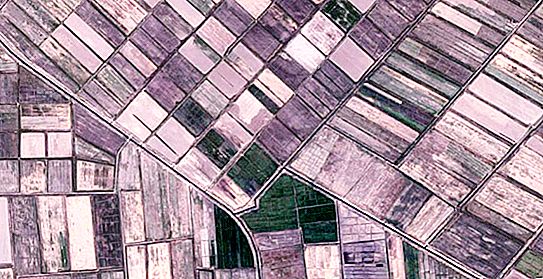
Natural conditions in the desert
The outstanding geographer and traveler P.P. Semyonov-Tien-Shansky once described this land this way:
“In summer, the Hungry Steppe is a yellow-gray plain burnt by the sun, which, with the scorching heat and complete absence of life, fully justifies its name … Already in May, the grass turns yellow, the colors fade, birds fly away, turtles hide in holes … Here and there are scattered bones "camels and pieces of the stems of umbrella plants swept by the wind, similar to bones, further enhance the oppressive impression."
And here is another magnificent quote left by one of the first researchers of this area N.F. Ulyanov:
“If you happen to see a caravan in the distance, you will notice that it is in a hurry to hide from you for fear that you would not ask for the water that is most valued here.”
By the way, in Turkestan, a long time ago, “hungry steppe” was called anhydrous plots of land located between a few oases. The most complete picture of how this region looked before the October Revolution can be made from the few ancient photographs that have survived to this day. Here, the most interesting are color photographs of S. M. Prokudin-Gorsky, who traveled through Central Asia twice (in 1906 and 1911).
Geology and Terrain
The Hungry Steppe is a classic example of a clay desert. It was formed on forests and loesslike loams. Fragmented here are salt marshes - soils containing an increased amount of water-soluble salts. The southern part of the desert is composed mainly of proluvial sediments of temporary streams flowing from the spurs of the Turkestan Range.
In geomorphological terms, the Hungry Steppe is a flat plain. Absolute heights here range from 230 to 385 meters. The desert is located on the three terraces of the Syr Darya. To the river itself, it abruptly ends with a steep ledge, the height of which reaches 10-20 meters.
Climate, flora and hydrography
The climate of the territory is sharply continental. The average July temperature is 27.9 ° C, and January - 2.1 ° C. About 200-250 mm of atmospheric precipitation falls here per year. At the same time, the peak of rains falls in the spring. The hydrography of the region is represented by watercourses flowing from the southern mountain ranges. The largest among them are Sanzar and Zaaminsu. The waters of these rivers are disassembled for irrigation of agricultural land and supply of a number of cities and villages.
In the Hungry Steppe, ephemeral plants are most common, the vegetation period of which falls on a short rainy season (late March - early May). In spring, uncultivated areas are covered with a multi-colored grassy carpet of bluegrass, sedge and rare tulips. By the end of May, this vegetation burns out, leaving only hodgepodge, wormwood and camel thorn. Currently, most of the Hungry Steppe is plowed and occupied by cotton plantations.
Mirzachul: the beginning of development
The hungry steppe seemed at first glance dead and useless. In fact, she hid tremendous opportunities. Every spring, its expanses were covered with a carpet of succulent herbs and bright red poppies, which indicated the exceptional fertility of the local soils. And a man decided to turn this desert region into a "blooming land".
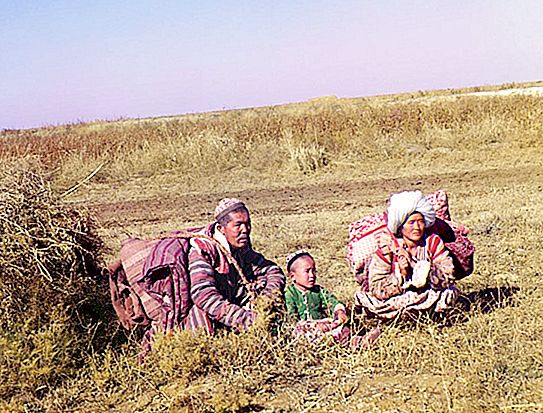
The development of the Hungry Steppe began at the end of the 19th century, when Turkestan finally became part of the Russian Empire. In 1883, seeds of new cotton varieties were brought here, which significantly increased the yield of the crop. In addition, the first pounds of raw material showed that cotton grown in Turkestan is in no way inferior to American in quality. Gradually, cotton began to occupy more and more arable land, crowding out other crops. This, in turn, contributed to the expansion of irrigated areas.
On the eve of World War I, an active campaign to build irrigation canals began in the Hungry Steppe. The first irrigator of Turkestan is traditionally called Prince Nikolai Romanov. He invested a million Russian rubles to launch the Syr Darya’s waters into the canals - a tremendous amount of money for that time! The prince named the first irrigation canal in honor of his grandfather - Emperor Nicholas I.
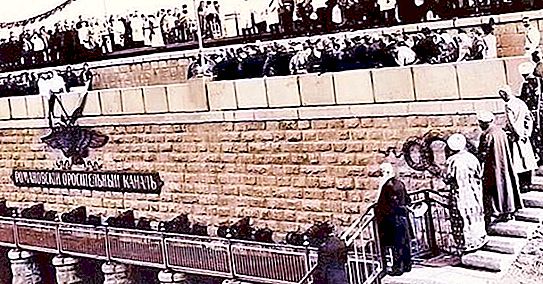
The flooding of the Hungry Steppe gave its result: by 1914, the gross harvest of cotton in the region had grown seven times.
Conquest: the Soviet period
The final transformation of the desert into a "blooming land" occurred in Soviet times. In the 1950-1960s, new reclamation systems and power plants were actively built here, existing canals were expanded, dozens of state farms were created. Thousands of people gathered at the next “virgin lands development” - Kazakhs, Uzbeks, Russians, Ukrainians and even Koreans. As a reward they were given honorary badges.

At this time, dozens of new towns and cities grow in the Hungry Steppe. Among them are Yangier, Baht, Gulistan and others. In 1981, the Syrdarya State District Power Plant was launched with a huge 350-meter pipe, which now gives a third of the electricity to Uzbekistan. Many participants in the conquest of the Hungry Steppe recall the hundreds of propaganda posters that were hung along the roads. Perhaps the most popular was the following slogan: “Turn the desert into a blooming land!” And he seems to be embodied in reality.
